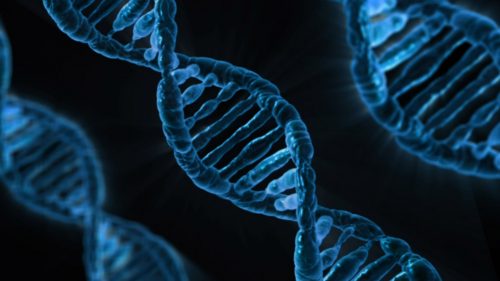It is not too difficult to see how an organism develops on a macro scale. Depending on the subject, it can be as simple as placing an embryo in a petri dish and peering at it through a microscope every few hours. However, there comes a point when individual cells become difficult to separate from the rest and tracking the movement and transformations of specific cells or cell types becomes nearly impossible–even with traditional genetic sequencing.
Unlike these methods, single-cell RNA sequencing (scRNA-seq) is a recently developed next-generation method of analysis. As the name suggests, scRNA-seq involves sequencing the transcriptome (mRNA) of individual cells, providing information about the genes that are being expressed in each cell. Why use this method? “We all develop from a single cell, and this cell divides and differentiates into different cell types,” Junyue Cao, a graduate student at the University of Washington, explained. “Everything…can be traced back to [those cells’] dynamic changes of state and composition.” A recent study by Cao and other researchers at the University of Washington improves upon a variation of scRNA-seq called single-cell combinatorial-indexing RNA-sequencing analysis (sci-RNA-seq) and uses the resulting method–sci-RNA-seq3–to analyze the transcriptional dynamics of mouse organogenesis between 9.5 and 13.5 days after gestation. With sci-RNA-seq3, those cells can be traced throughout the entire mouse.
Broadly, sci-RNA-seq3 is a novel high throughput scRNA-seq technique based on combinatorial indexing. Researchers accomplish this by isolating the nuclei of embryos, depositing those nuclei into individual wells, performing reverse transcription with barcoded primers (turning mRNA into single-stranded DNA), followed by multiple rounds of pooling and redistributing the nuclei into multiple wells and tagging the DNA with a well specific barcode, and finally, amplifying samples with PCR before sequencing the resulting library. This new method can profile two million cells in two weeks, with more than a one-hundred-fold improvement in detection capacity and lower cost compared with conventional scRNA-seq techniques.
To create their mouse organogenesis cell atlas (MOCA), researchers used t-SNE visualization (a method of visualizing high-dimensional data) and annotated cell type clusters using marker genes. The resulting data set gave new insights into developmental trajectories. “I never expected to see that there are over five hundred different cell states that comprise this data set…and the result that’s so neat is these five hundred different cells can be organized into ten trajectories that mapped to all major systems and organs in mammals” said Cao. In the process of identifying these cell types, researchers identified 2,863 cell-type-specific marker genes–many of which were novel.
However, sci-RNA-seq3 also has its drawbacks. Many cells are lost during the journey from nuclei isolation to profiling–some rare cell types could be missed. Furthermore, additional experiments are required to confirm the assignment of anatomical specificity.
Despite these limitations, sci-RNA-seq3 holds incredible promise. Cao envisions his method being used beyond embryonic stages of mouse development. “To categorize later development, for example, aging…[we] need to improve the efficiency,” Cao explained. When this is achieved, sci-RNA-seq3 could be used to improve phenotyping–cell-level analyses can reveal small perturbations that would otherwise be overlooked. In the end, this work has one major goal: “to understand how we are formed.”

